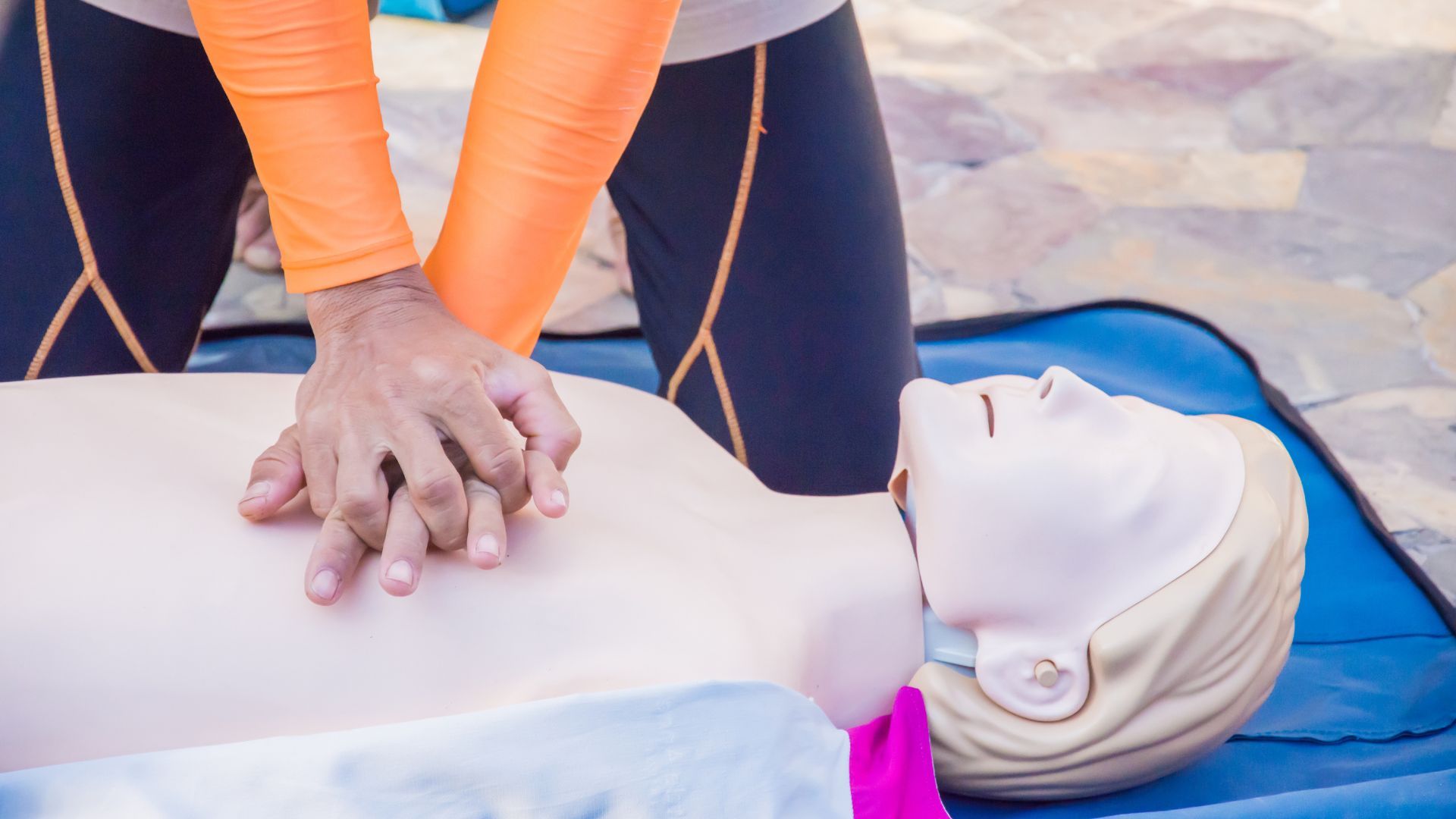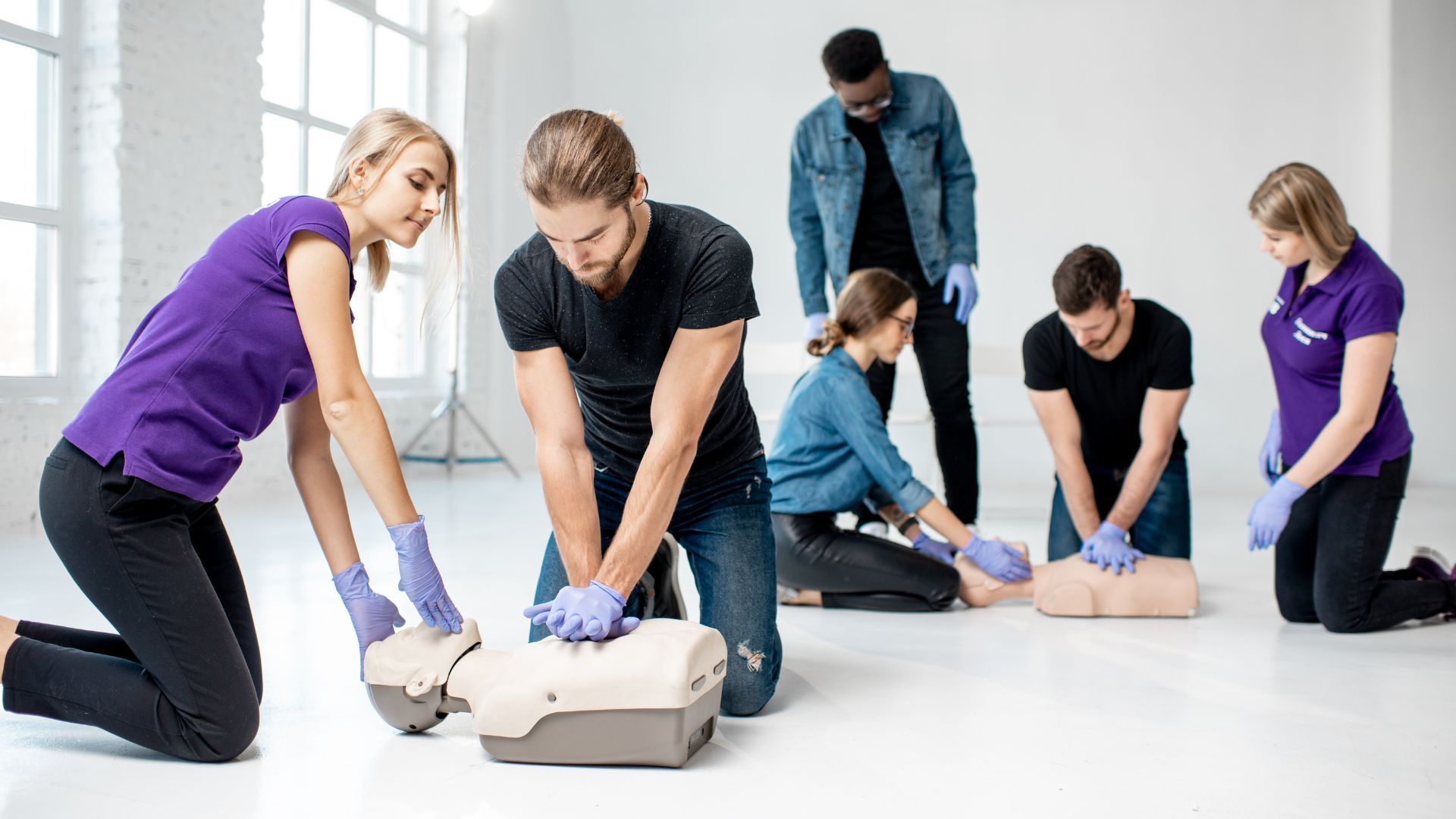
Emergency Essentials: Integrating CPR in Disaster Response
In the face of an emergency, every second counts. As global climate patterns shift and urban areas grow, disaster response strategies become more paramount than ever. While many disasters demand specific forms of relief, a universal constant remains – the irreplaceable value of human life. This emphasizes the need for integrated approaches in disaster response, with Cardiopulmonary Resuscitation (CPR) sitting squarely at the foundation. This blog delves into the importance of CPR in disaster scenarios and offers practical ways to weave it into broader relief strategies.
Understanding the Landscape of Disasters
Natural calamities like earthquakes, floods, and hurricanes can lead to severe injuries. In such scenarios, many victims suffer from blocked airways due to debris inhalation, or trauma leading to cardiac arrest. It’s not just the initial impact; secondary events like aftershocks or flash floods can compound the number of casualties. Integrating CPR into disaster response ensures that in these critical moments, immediate life-saving support can be administered.
Why CPR is Crucial in Disaster Zones
- Immediate Assistance: Professional medical help may be hours, if not days, away. Trained community members can act swiftly, offering preliminary care, which could mean the difference between life and death.
- Maximizing Resources: In the aftermath of a disaster, medical facilities may be overwhelmed. Having community members who can perform CPR can alleviate some pressure from these centers.
- Building a Community of Care: As people come together to assist one another, it instills a sense of unity and collective resilience.
Integrating CPR into Disaster Response: Practical Steps
- Pre-Disaster Training Programs: Collaborate with organizations like the Red Cross or local health departments to facilitate community CPR training programs well before disaster strikes.
- Incorporate Technology: Use mobile apps that provide CPR guidance. For instance, the PulsePoint app alerts CPR-trained bystanders in the vicinity of a cardiac emergency.
- On-Site Triage Centers: Set up centers close to disaster sites where basic first aid and CPR can be administered. This not only ensures immediate care but also helps in categorizing the severity of injuries.
- Disaster Kits with CPR Essentials: Encourage households to include CPR face shields and instructional booklets in their emergency kits.
- Leverage Local Media: Use community radio stations, local TV, and newspapers to regularly share CPR techniques, ensuring the knowledge remains fresh in people’s minds.
Examples of Effective Disaster Response and Relief with CPR Integration
The Haiti Earthquake (2010): Following the devastating earthquake in Haiti, international medical teams arrived to assist. While many focused on trauma surgeries and primary care, community volunteers trained in CPR played a pivotal role in immediate relief, especially during aftershocks when more injuries occurred.
Hurricane Harvey (2017): When Hurricane Harvey hit Texas, community centers turned into relief camps. Many volunteers, previously trained in CPR, were integral in providing immediate aid to those rescued from the floodwaters, preventing many drowning-related casualties.
Future Directions
As we move forward, integrating technologies like drones could further revolutionize CPR in disaster scenarios. Imagine drones equipped with AEDs (Automated External Defibrillators) being dispatched to locations where someone is experiencing a cardiac emergency.
Moreover, a broader acceptance and training in hands-only CPR, which emphasizes chest compressions without mouth-to-mouth breaths, can encourage more bystanders to jump into action without concerns about personal safety or disease transmission.
A Prepared Community is a Resilient Community
While disasters are unpredictable, our response to them doesn’t have to be. Integrating CPR into disaster response strategies ensures a layered, holistic approach to community safety. A heart that continues to beat is a symbol of hope, resilience, and the indomitable human spirit. Let’s ensure that every disaster-stricken community can cling to this hope, one heartbeat at a time.
FAQ
How is CPR relevant in disaster response scenarios?
In disaster situations, whether natural (like earthquakes and floods) or man-made (such as fires or accidents), there’s a heightened risk of individuals suffering from injuries, trauma, or other conditions that may lead to cardiac arrest. Immediate response with CPR can be the difference between life and death. Integrating CPR training into disaster response ensures that first responders and even laypeople on the scene are equipped to address cardiac emergencies alongside other urgent needs.
Are there specific modifications to CPR techniques during disaster situations?
The fundamental principles of CPR remain the same regardless of the situation. However, disaster scenarios might present unique challenges, such as limited resources, challenging environments, or the presence of multiple casualties. In such cases, prioritization becomes key. For instance, in a mass casualty scenario, the “scoop and run” method might be preferred, where individuals are quickly evacuated to a safer location for medical attention. Additionally, the use of barrier devices during rescue breaths might be more emphasized to prevent disease transmission in uncertain environments.
With so many emergency needs during a disaster, why prioritize CPR training?
While it’s true that disasters present a myriad of urgent needs, the rationale behind emphasizing CPR is its time-critical nature. In cardiac arrest scenarios, brain damage can begin in just a few minutes without intervention. By equipping disaster responders with CPR skills, we ensure that amidst the chaos, there’s immediate care available for those experiencing cardiac emergencies. Furthermore, CPR training often goes hand-in-hand with broader emergency medical training, creating a more versatile and effective response team.
Find a CPR Certification Class Near You!
More Articles



